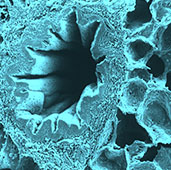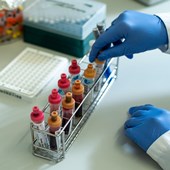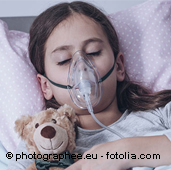Social network of microbes - microbiome of the lung
Do microorganisms such as bacteria, viruses or fungi in the lungs as well as in the gut help maintain lung health and functionality?
How can we improve the quality of life of COPD patients?
For the first time, scientists in Bavaria are comprehensively analyzing how COPD patients are treated – and how this affects the progression of the disease as well as the lives of patients.
Interstitial lung diseaes - mysterious and incurable
Clinical trials: patients and physicians together in search of ways to slow down the deterioration of the disease
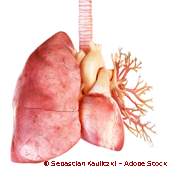
Survival after transplantation – poor average for the lungs
Scientists at the DZL sites Munich and Hanover are searching for causes and therapies for rejection reactions after lung transplantation.
Imaging procedures – a modern “must” for diagnosis
The imaging platform of radiology at Munich University Hospital is breaking new ground in the diagnosis of lung diseases with new techniques and equipment.
Widespread disease COPD – Promising therapeutic approaches
Scientists at the DZL site Munich pursue two approaches to halt the progression of the disease and enable the lungs to regenerate.
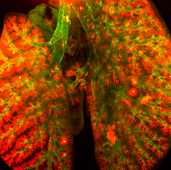
Industrial nanoparticles in the lungs: How toxic are they?
Industrial particles with toxic effects: A non-animal method could help produce safer materials.
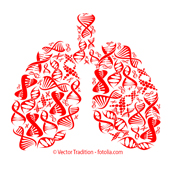
Cell atlas of the lung - What happens in lung cells as they get older?
The combination of single-cell analysis and artificial intelligence provides a unique insight into the complex aging of lung cells
Ion channels – points of attack against pathological changes in the lungs
A working group at the Walther Straub Institute for Pharmacology and Toxicology at LMU Munich is investigating TRP proteins as target structures for new drugs.
Bronchial epithelium - gatekeeper of the immune system
Newly discovered processes on the surface of the lower respiratory tract provide clues for possible therapies in allergic diseases.
When the lungs are scarred – how can this process be stopped?
Fibrotic lung diseases usually progress quickly. Researchers of the CPC-M are investigating a protein which could stop the collagen formation in the lung tissue – and thus the scarring.
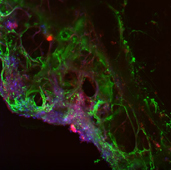
Transplantations in lung failure
The ELD research program at the DZL Munich site investigates the regeneration of lung tissue with the help of stem cells. This could be used to reduce rejection reactions.
Tissue, blood, fluids – high-quality raw materials for research
At the Asklepios Clinic in Gauting, the biobank team collects samples from patients with lung diseases – indispensable substances for science.
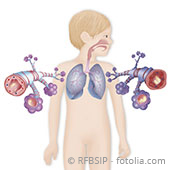
Asthma or "asthmas" – how does the disease develop in children?
In the ALLIANCE study, DZL scientists and physicians try to close gaps in knowledge regarding the pathogenesis and progression of asthma in children.
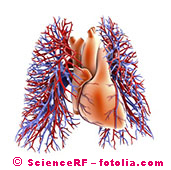
Where exactly do scars form?
A research group at the CPC-M is investigating the development of scars and finds fascia function as a repository
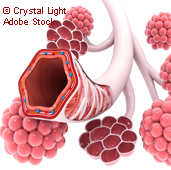
Fibrosis or COPD - what happens in the ageing lung?
A "3D model" of human lung tissue will help to model the development of ageing cells without animal experiments.
chILD-EU – rare diseases in children, hardly any therapies
Interstitial lung diseases in children are an enigma in lung medicine. The Germany-wide chILD-EU study aims to close this gap and systematically search for new therapies.

Why farm dust protects children against asthma
Can the anti-inflammatory effect be used to protect children from asthma? A study at the Dr. von Hauner Children's Hospital aims to investigate this.



![[Translate to Englisch:] Mikroorganismen unter dem Mikroskop](/fileadmin/CPC-M/Forschung/Teaser_Bilder_quadratisch/mikrobiom-teaserbild-171x170.jpg)
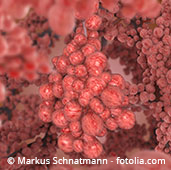
![[Translate to Englisch:] Mikroskopaufnahme einer menschlichen Lungenzelle](/fileadmin/CPC-M/Forschung/Teaser_Bilder_quadratisch/teaser_ae_ipf_tonaquatic_171x170.jpg)
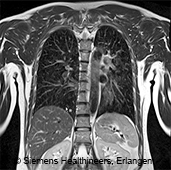
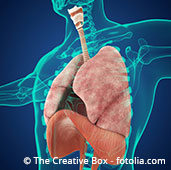
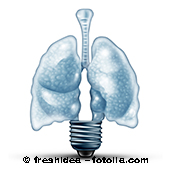
![[Translate to Englisch:] Grafische Darstellung des Bronchialepithels](/fileadmin/CPC-M/Forschung/Teaser_Bilder_quadratisch/zissler-epithel-teaser-171x170.jpg)
